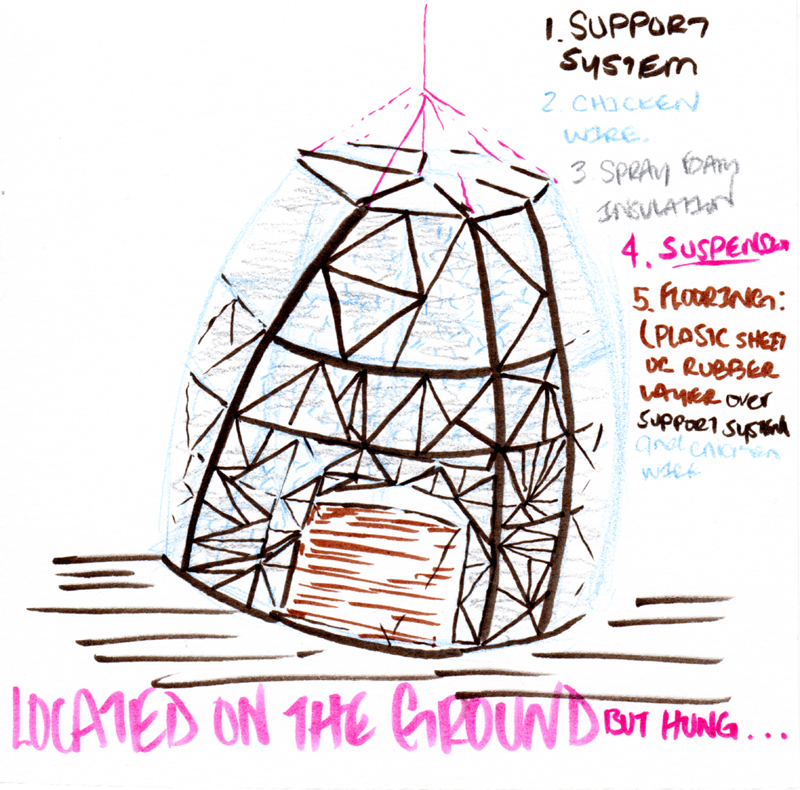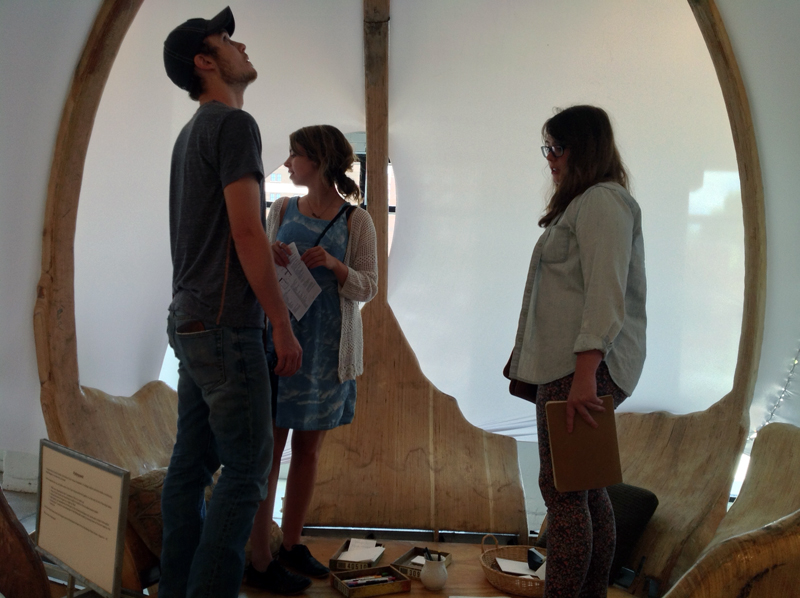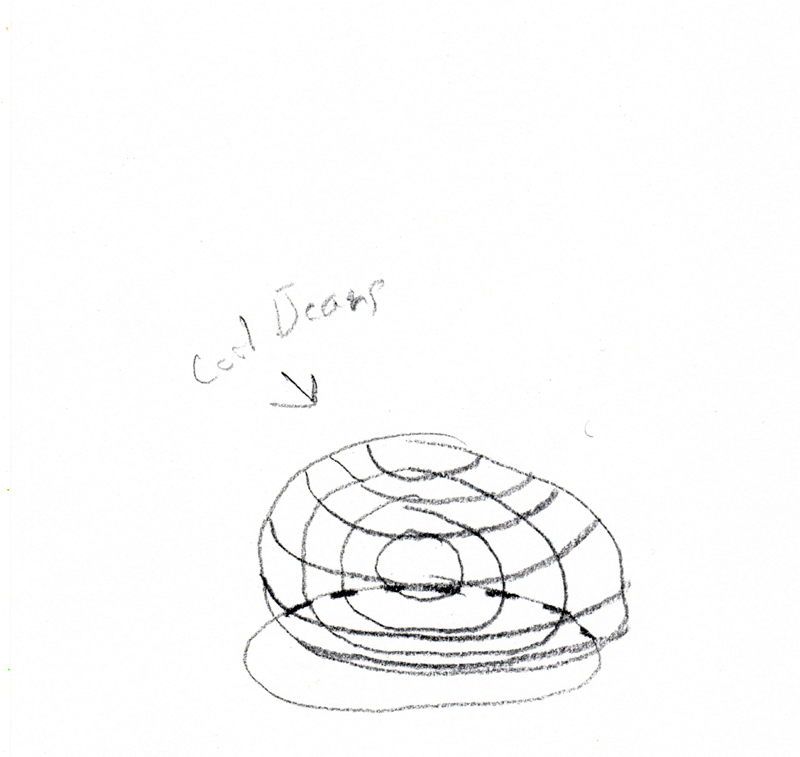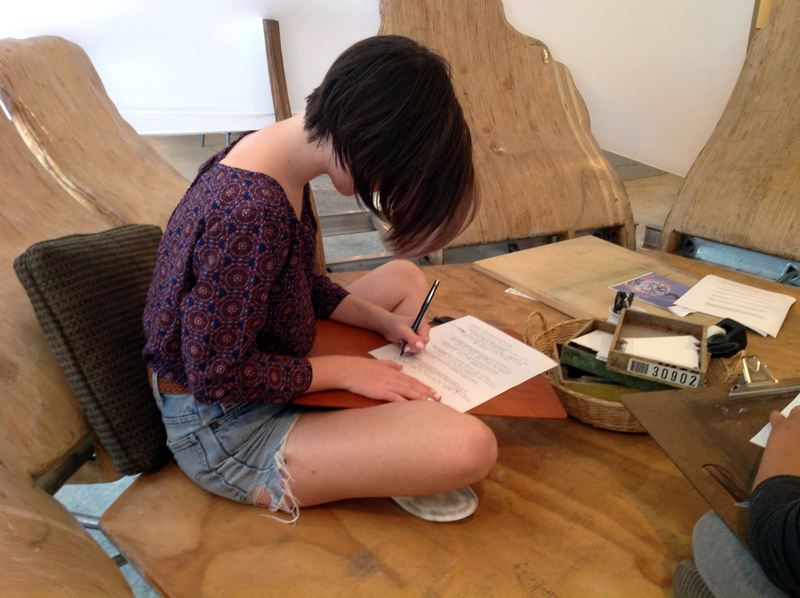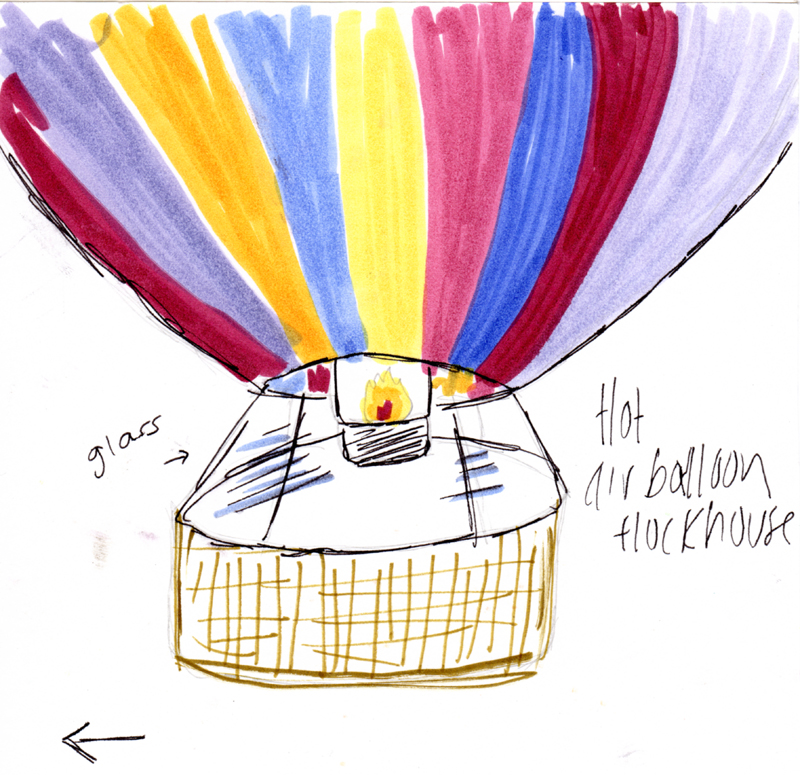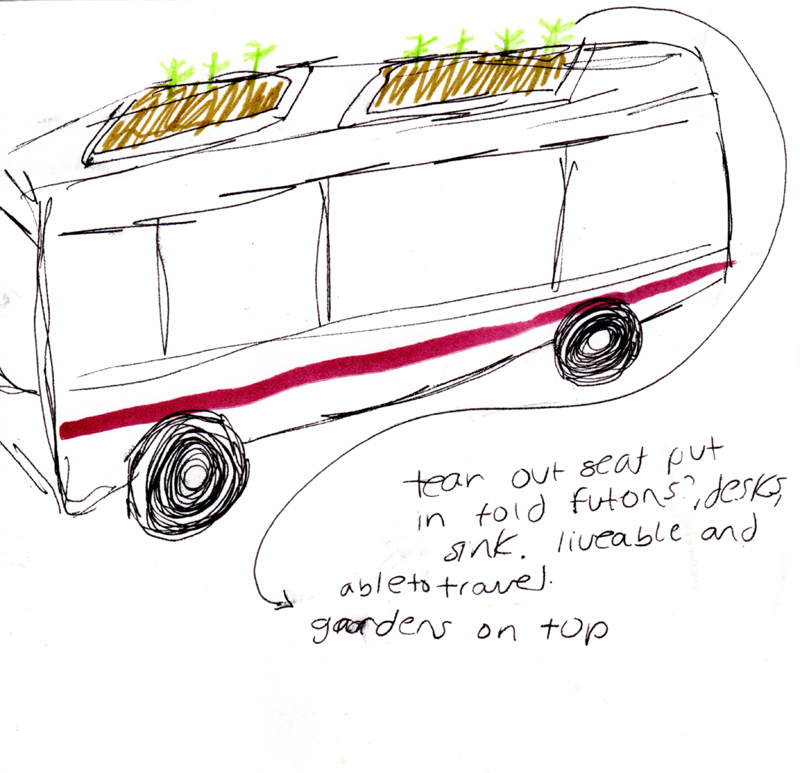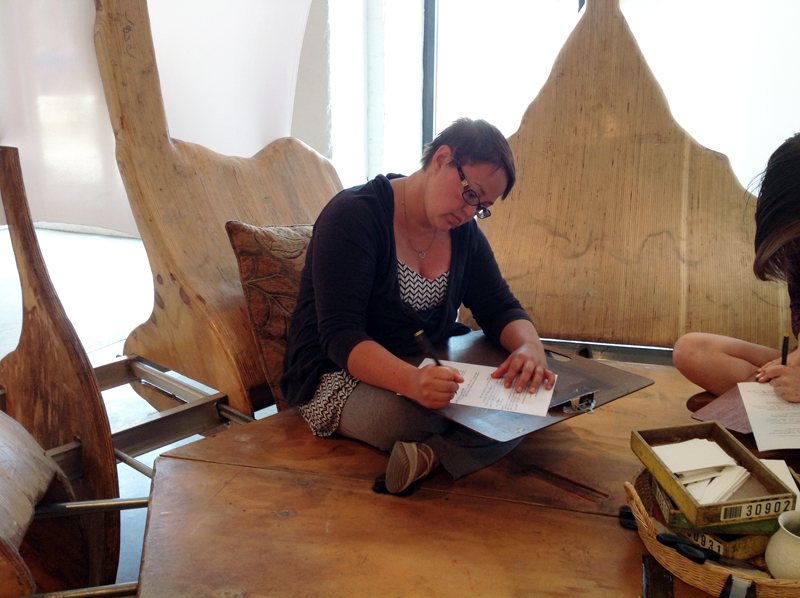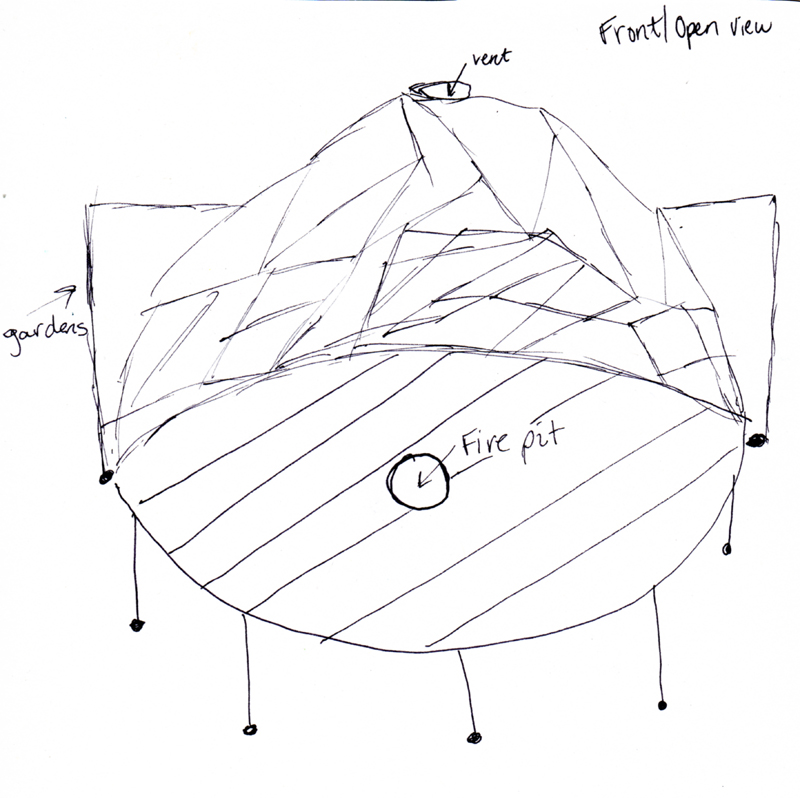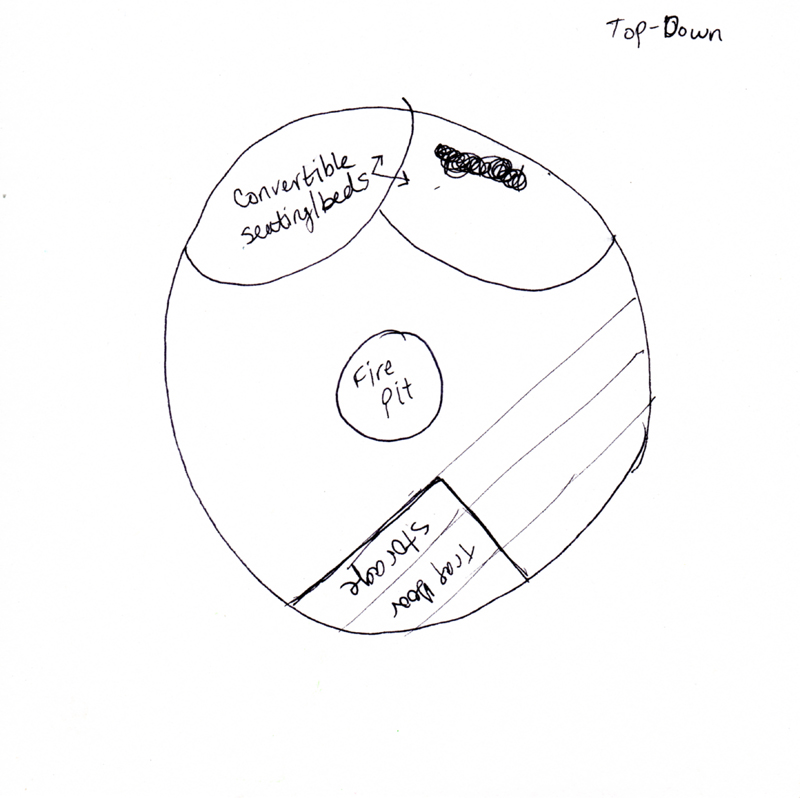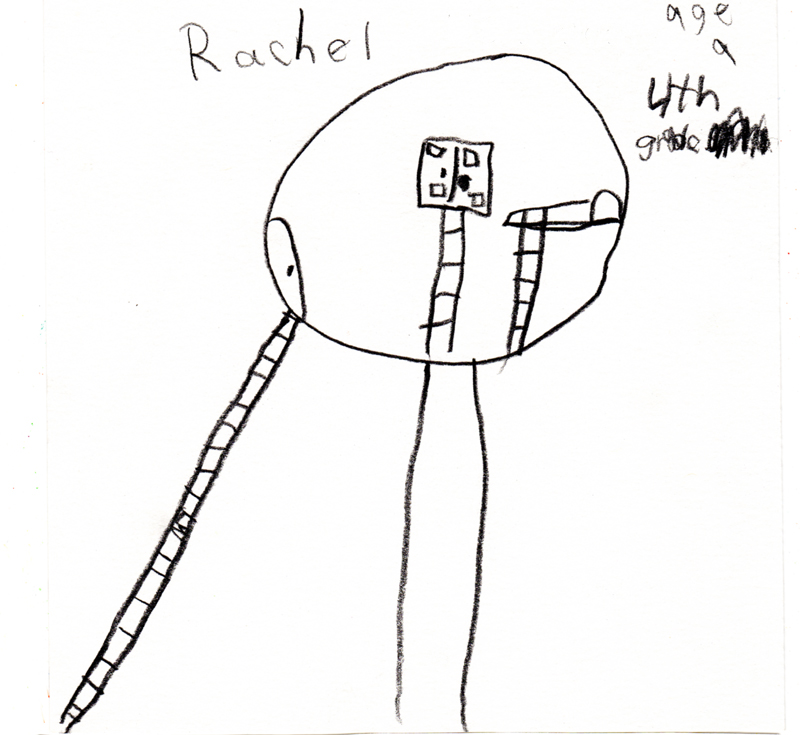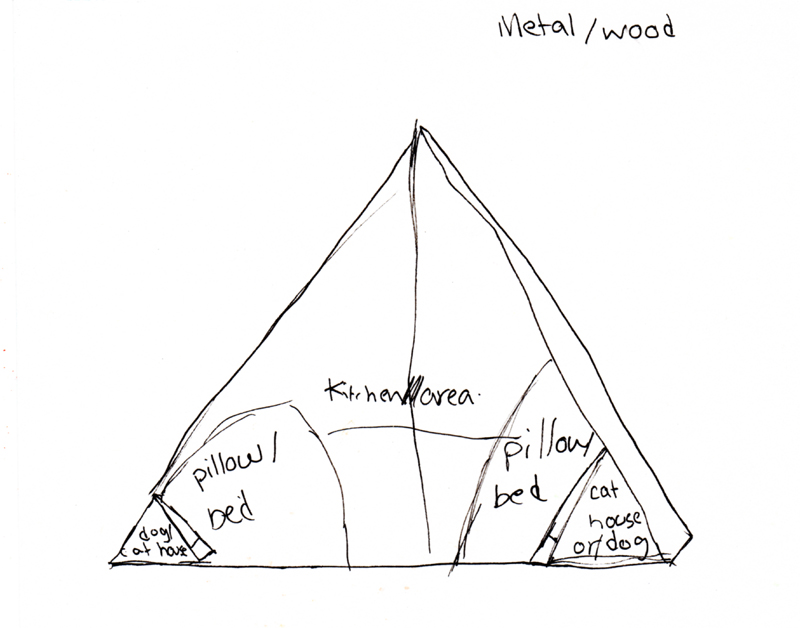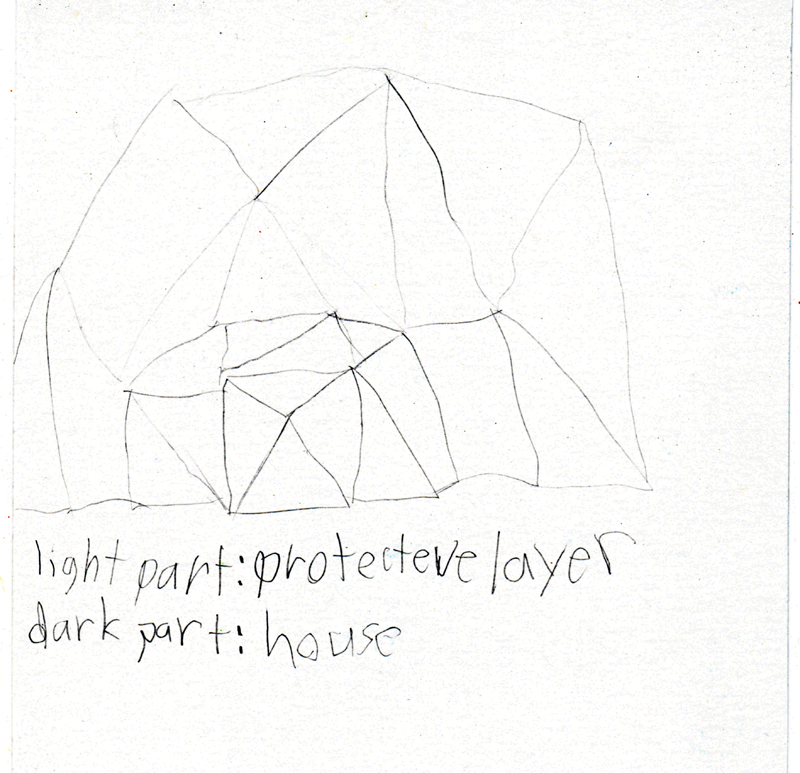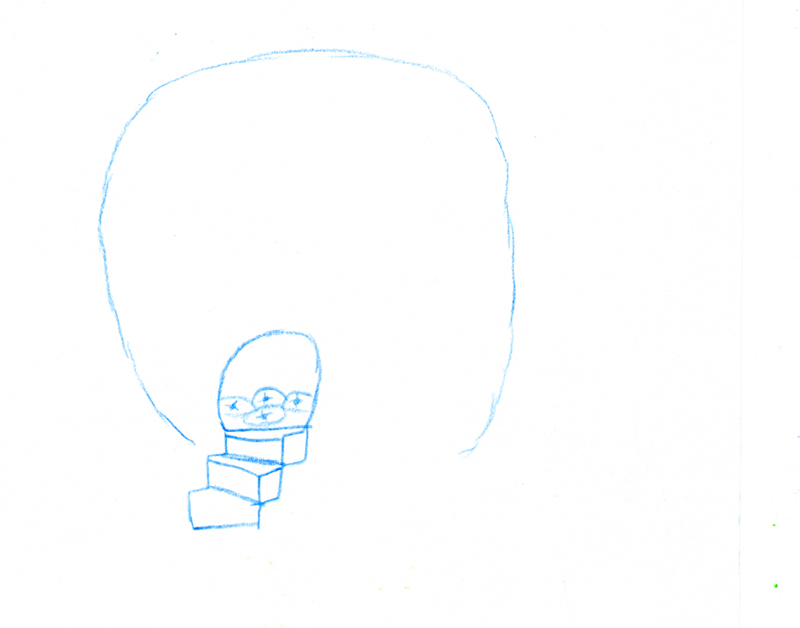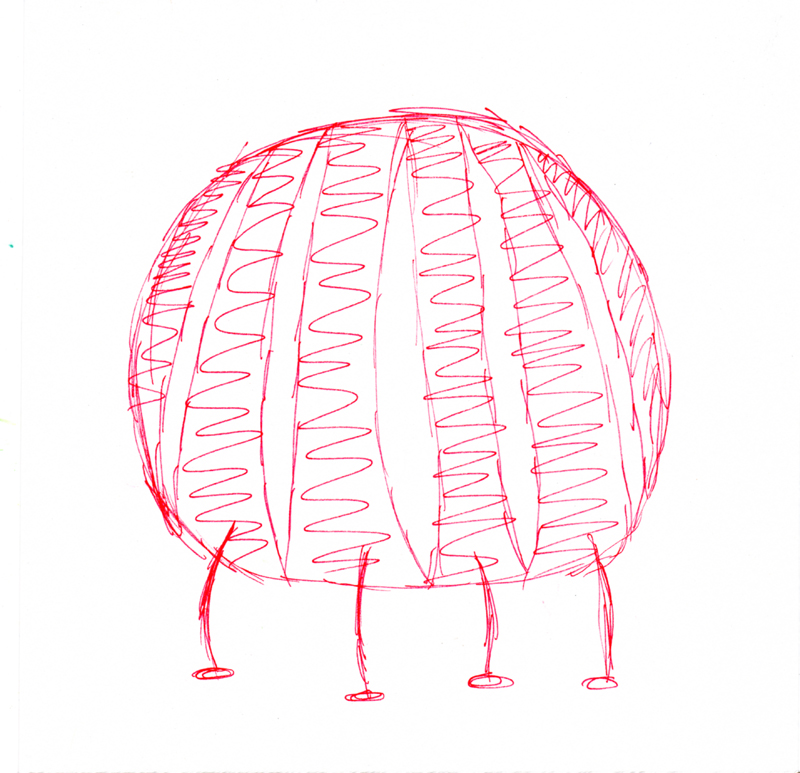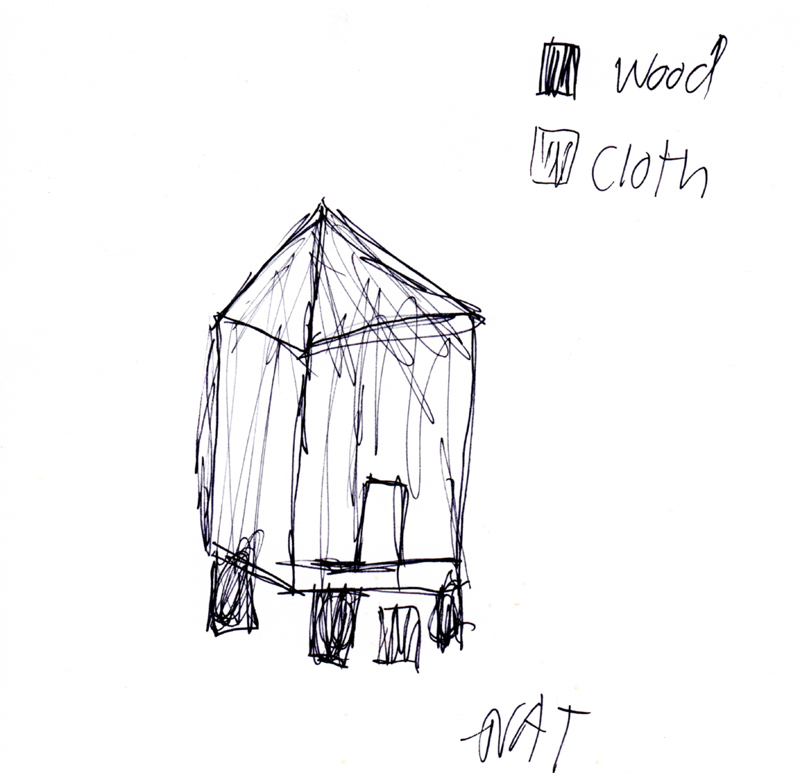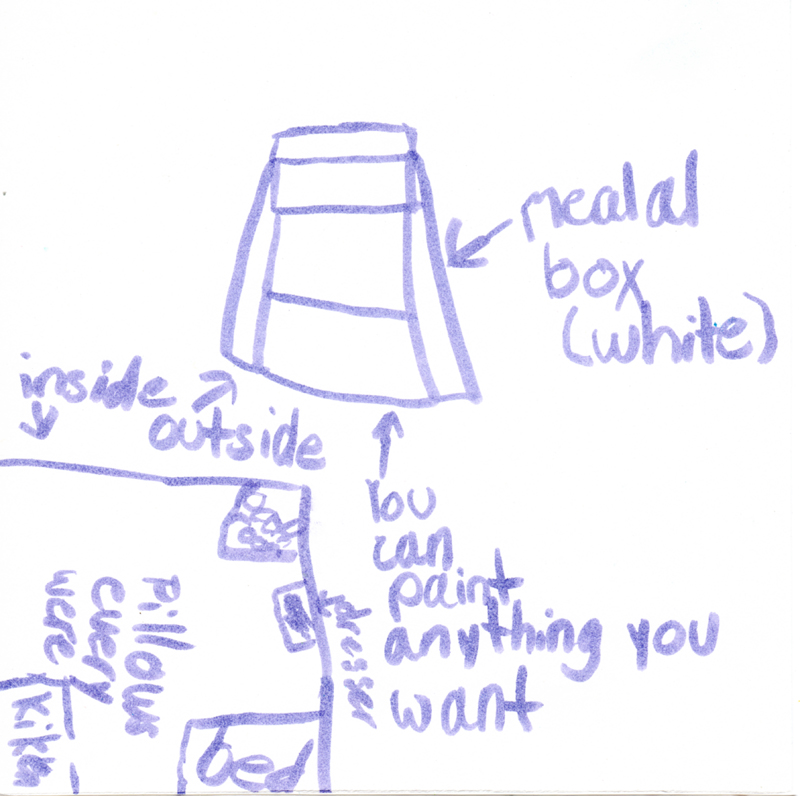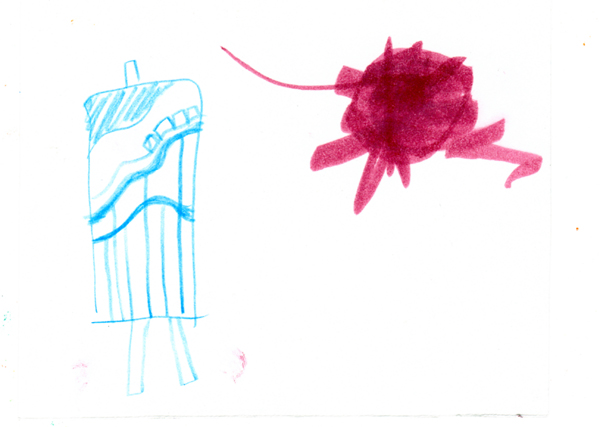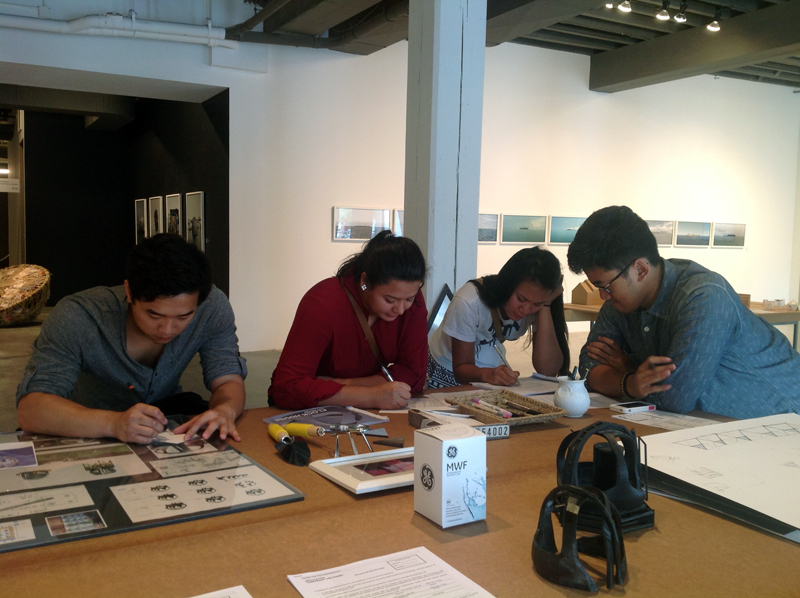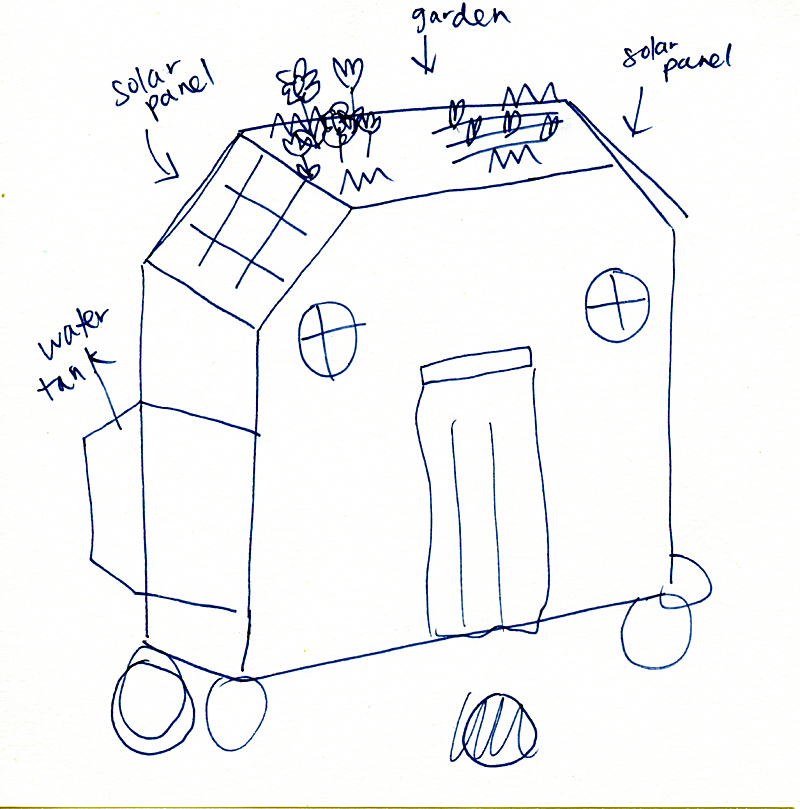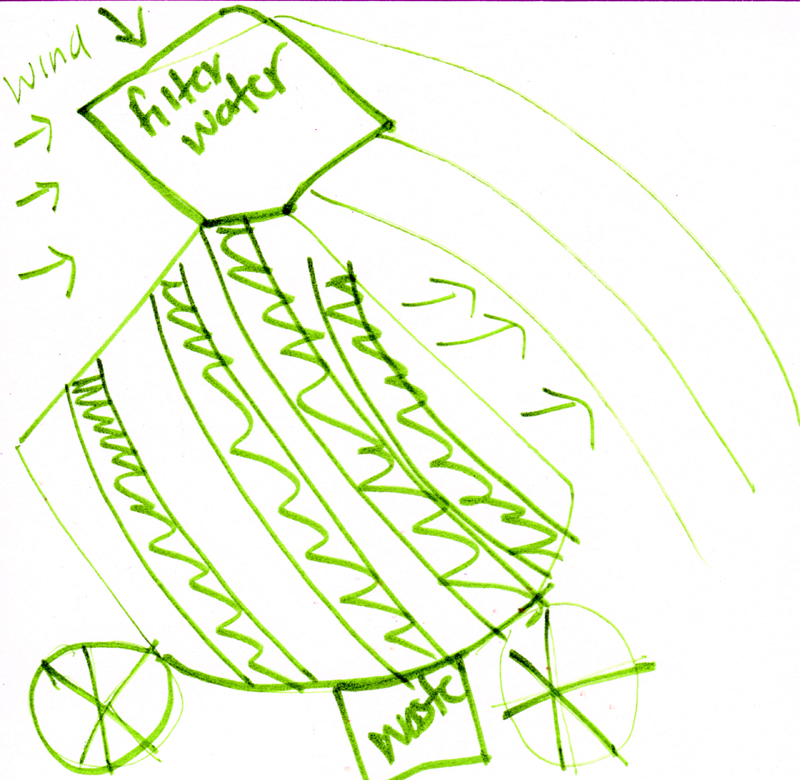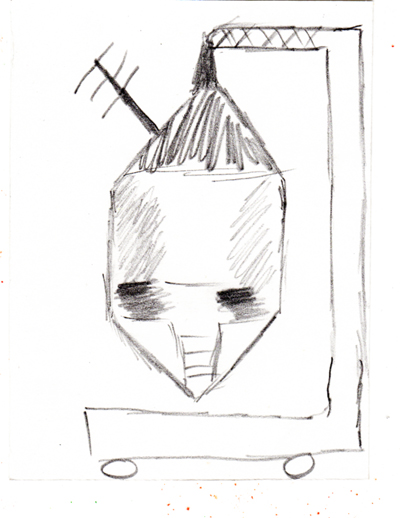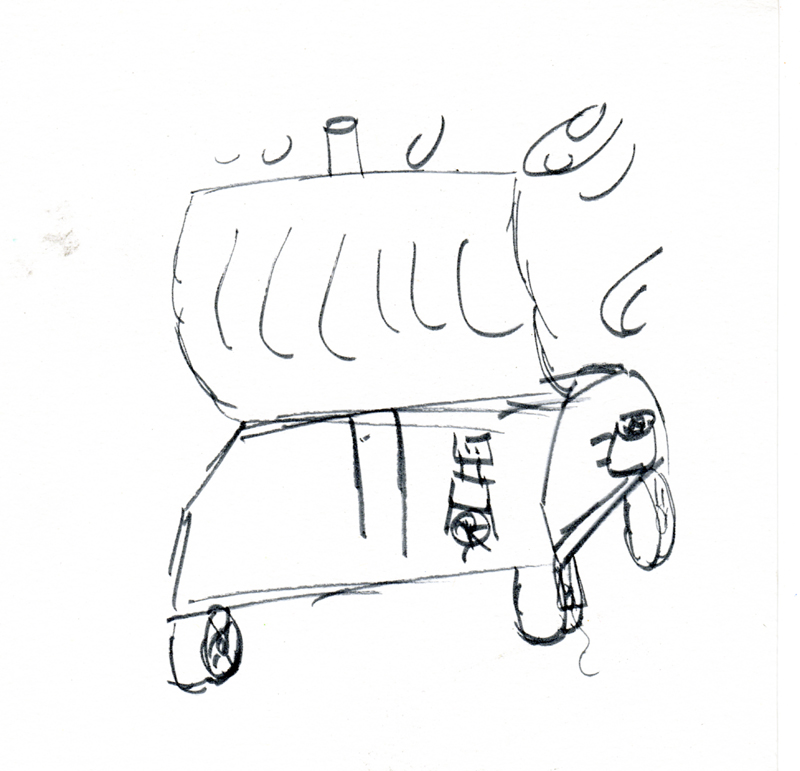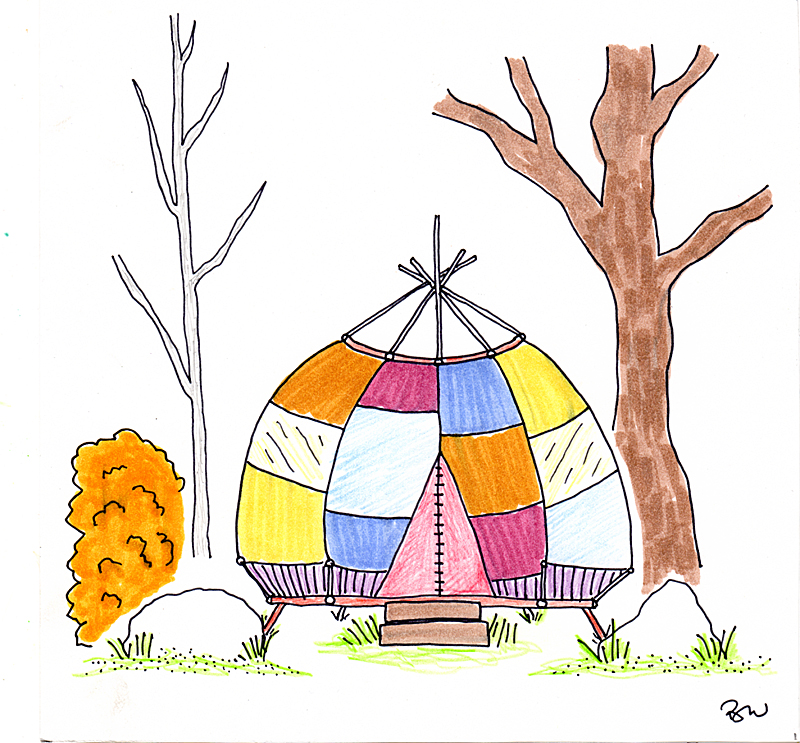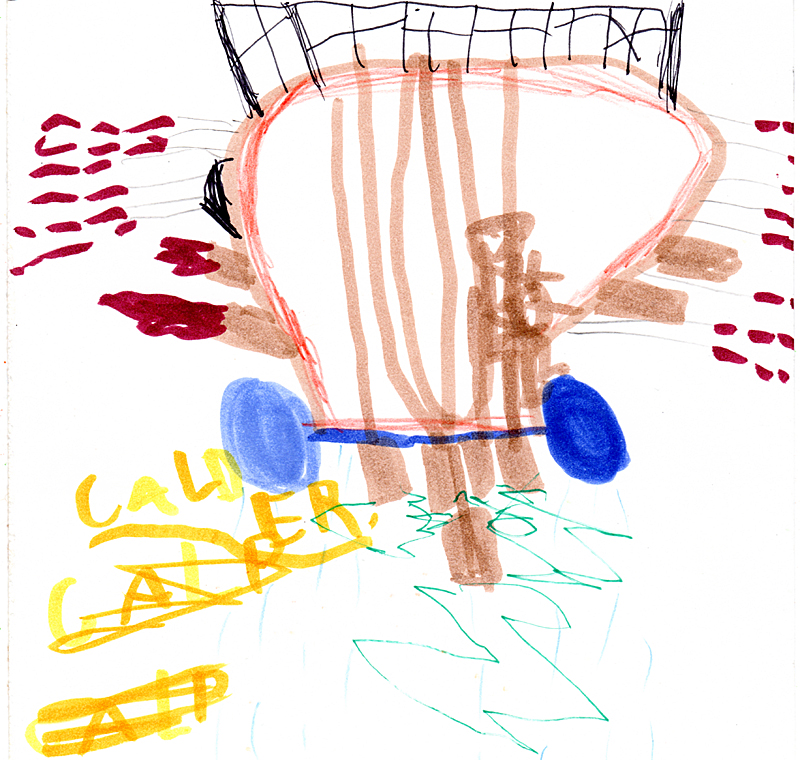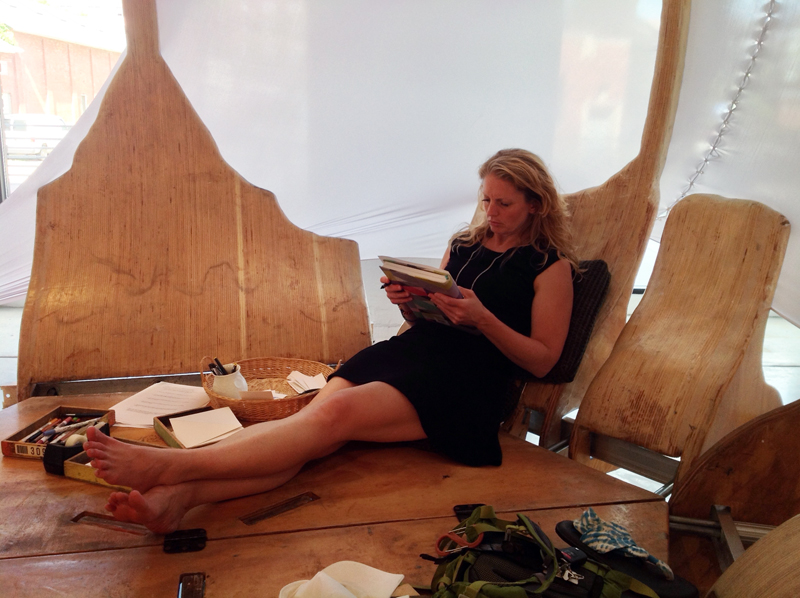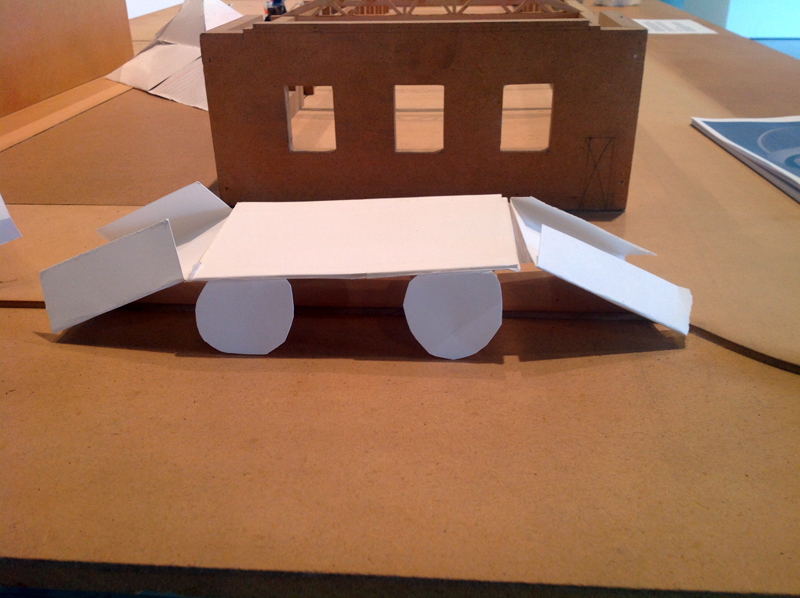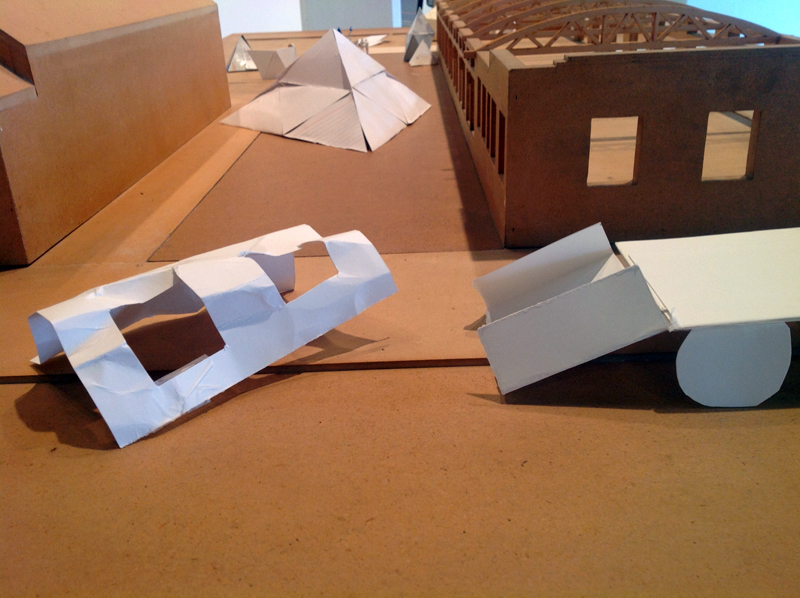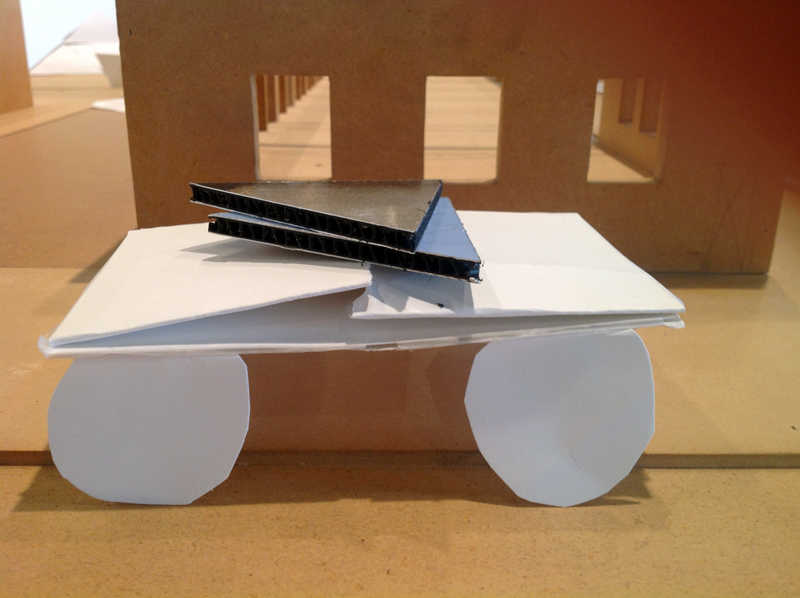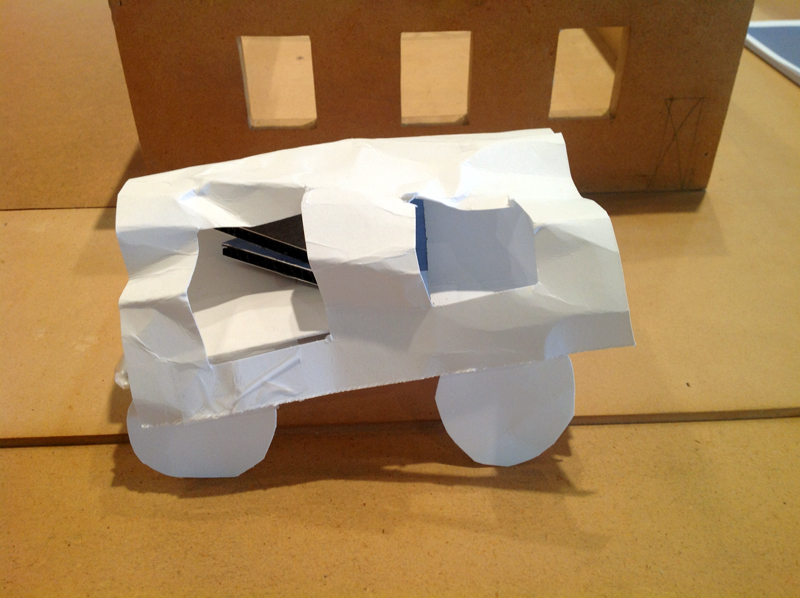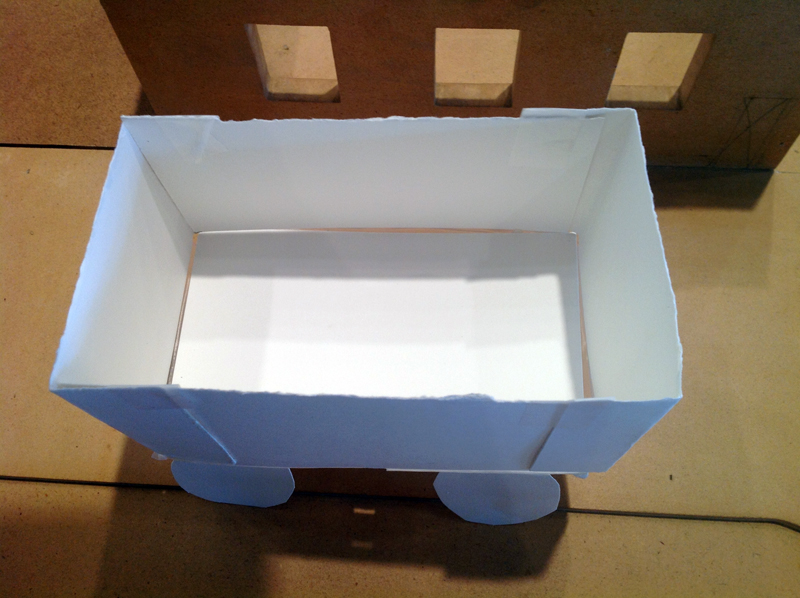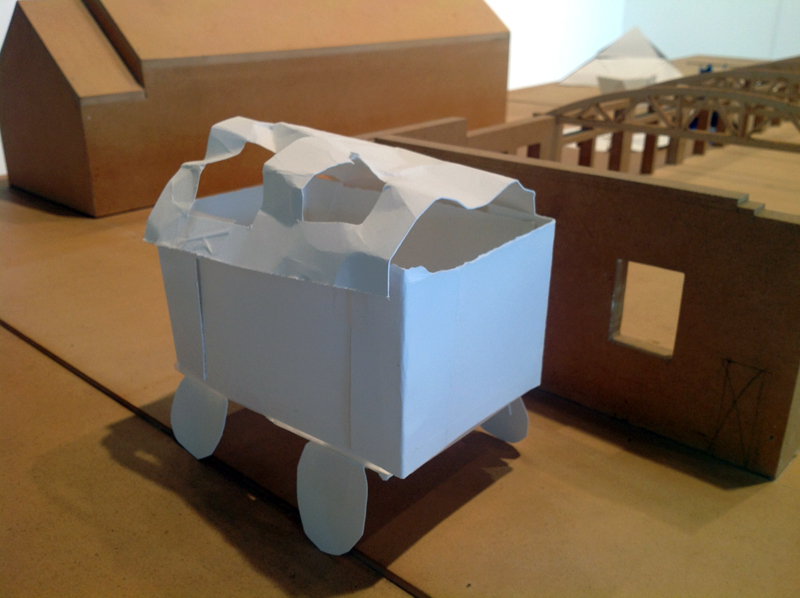Updated July 28, 2014
Sometimes visitors complete a 7 questions sheet, then leave it behind without identifying information. This is because there is not always someone available to introduce them to the Flock House exhibit, or clarify how to respond to the Palimpsest directions at the entrance to the NYC Flock House.
These responses are valuable and deserve their own section in the archives. As these sheets come in, I will update this post with new information.
1. What did you think of when you saw the Flock House? (Its design, a memory, how you would change it, a feeling you had about it.)
I felt free – it reminds me of the climbing structure on the playground. I always pretended it was a vehicle or a space “house.”
In this age of disposable everything, it is refreshing to know that there are those that have a passion for global resource stewardship.
The wood made me think of the wood furniture we had when I was a chid.
Pumpkin, or Cinderella’s carriage
Mad Max beyond Thunderdome
I think of a living space for one person. It would change…
I’d like to see more actual structures – or make the pictures much larger – almost life size.
Covered wagon
Easily assembled, strong, changeable for weather, somewhat cold/industrial feel.
Pleasing shapes
A covered wagon / getting ready for story time / teepee crossed with an Igloo. envies in a bottle.
2. Would you like to spend time in a Flock House? Spend the night?
Yes
Yes, it would be an experience I have not had before.
Spend time, yes. Spend a night, probably not.
Yes to lounge. I’d spend the night in one. (If the weather was good.)
Maybe
I would spend a night in the Flock House under a huge tree.
Yes
Maybe – it would be cold!
Yes. Yes. I need to think about what I would do to pas the time. I think I would be more productive, more physical.
Yes, and I’d spend the night
Absolutely. Someplace to relax and unwind, like read a book or art making.
3. How can a Flock House be equipped with its own source of water, energy and waste collection? Gardens to grow food and herbs?
Collection tanks – water conduits as the structural supports – solar panels – warm water to hear structure.
Water: rain and/or dew collectors. Energy: interchangeable coverings to absorb or reflect solar heat.
I’m not sure.
Garden & Food depends on location. Could be treated like a camper for water & waste.
Put it next to a river or stream and all that is taken care of, No?
?
An architect says it can’t
Water purification tabs, wind or solar generator. Bury the waste? Gardens could be grown in pots or beds indoors or out.
water – rain barrels, garden, old tires used for containers, energy – solar, waste – composting, reusing non-recyclables
Portable irrigation system, not huge solar metal panels, minimalistic so no need for energy (if needed, burn waste or compost.) grow food & herbs in boxes outside pod.
4. If you were on a Flock House design team, what recycled building materials would you suggest?
Billboard sheeting
Salvaged commercial grade roofing panels.
Metal shipping containers, glass, and ceramics.
Something natural – woven grass or twigs.
More cushions
Wood
Parachute material, wood, twine, nylon rope
Our school just there into our local landfill old (15 years) windows.
scrap wood from wooden boats, tarp, old canvas, mosquito nets
5. What could you contribute to a design and building team? (Skills, knowledge, experience, interest)
Creativity and brawn.
Interest: good direction follower and tireless worker.
interest and labor
Not much I’m afraid
Design skill
Interest
Emotional support, sarcastic comments
Interest, problem-solving ability
Finding places to install as well as places to place the Flock Houses
6. Now there are only a few Houses in a tiny global Flock. Imagine if hundreds migrated to one place, and set up for several weeks. Would you want to be there?
No
To be honest, I have become very jaded. I might be interested in trying it for a couple of days.
Yes, depending on the other people & the place of the convergence
Sounds fun. Like a more eco-conscious Burning Man.
Maybe
Sure
I don’t do flocking things… (i.e. birds)
Yes, I envision a community of cliff dwellers in the desert.
It could be a bit overwhelming, but it would be cool!
7. What role might the Flock House play in addressing population displacement and suffering? (Such as: Drought, Scarcity, Famine, Armed attack and property damage, Disruptions or absence of utilities such as electricity, communications, sanitation, and water?)
Could relocate for work. Could move to natural resources as they arise. Could move with the weather for climate control. Could relocate populations to relive concentration. Design a pattern sung resources of salvage from locals to be used in undeveloped countries. “teach the person to fish” and they will have a home for a lifetime … and generations to come!
Having interacted with numerous individuals from 3rd world nations, I have noticed that they have a great appreciation for the most basic structures they can call “home.”
Seems to be ideal for both natural disasters and man-made conflicts that create large numbers of refugees.
If you could standardize one out of materials endemic to whatever area was experiencing the disaster, it could be really helpful on a mass scale.
It could help people a lot in areas of distress or emergency or natural disaster.
If there was a simple way to move and construct a flock house it could help people fleeing war.
Tent villages
These would have been great after the earthquake in Haiti, or the typhoons, after a tornado. They could be easily trucked or helicoptered to the areas along with emergency food, water, clothing.
It could and probably would improve displacement and suffering. Many people flee harmful homes and have to leave. Flock Houses would provide them a place to stay temporarily until they find something more permanent.

